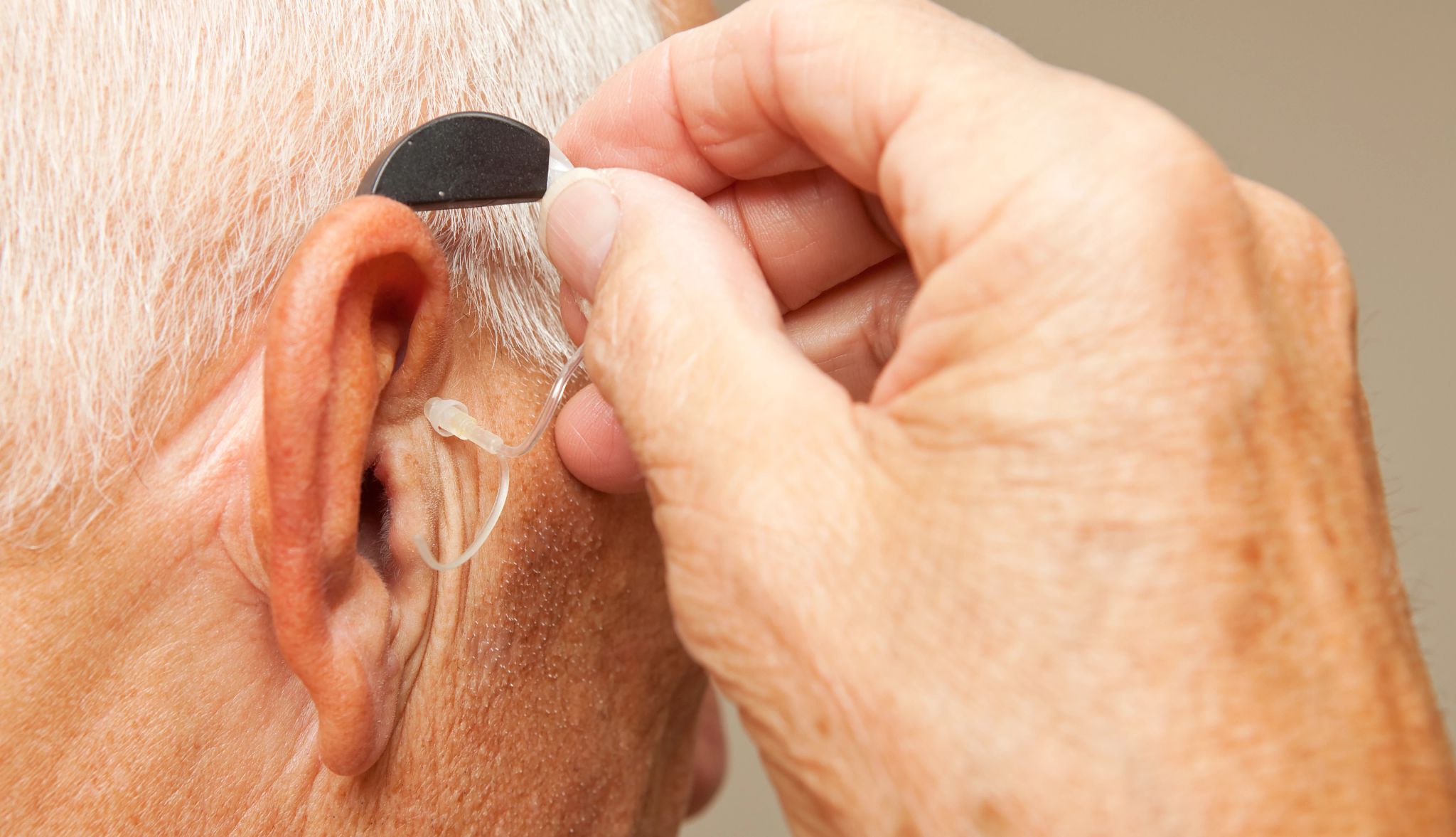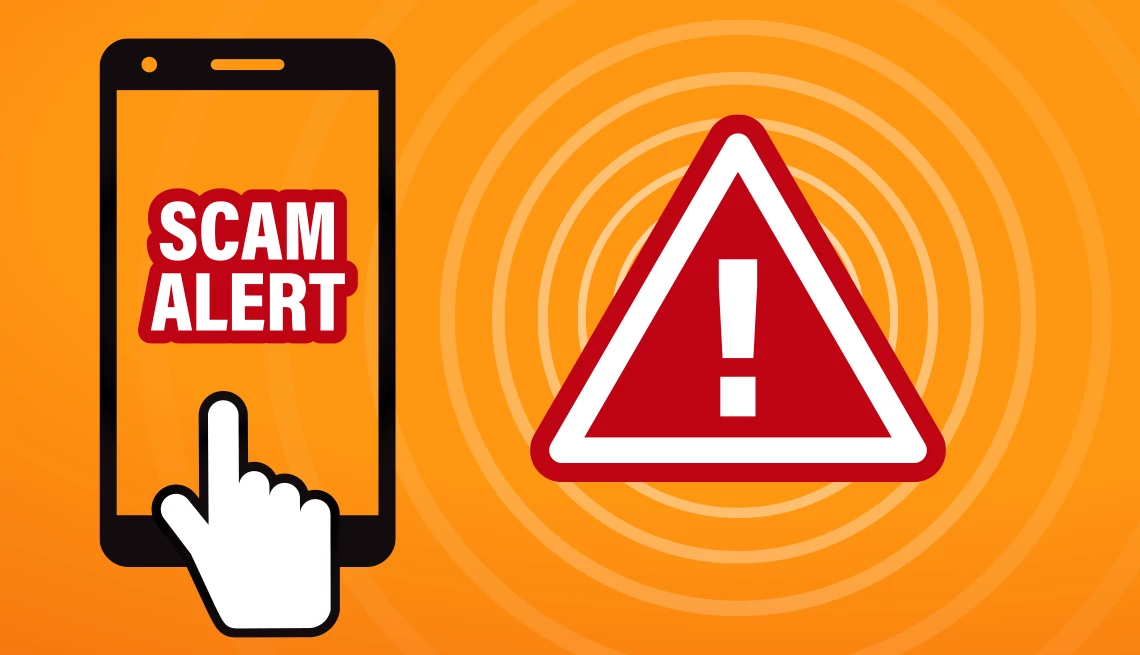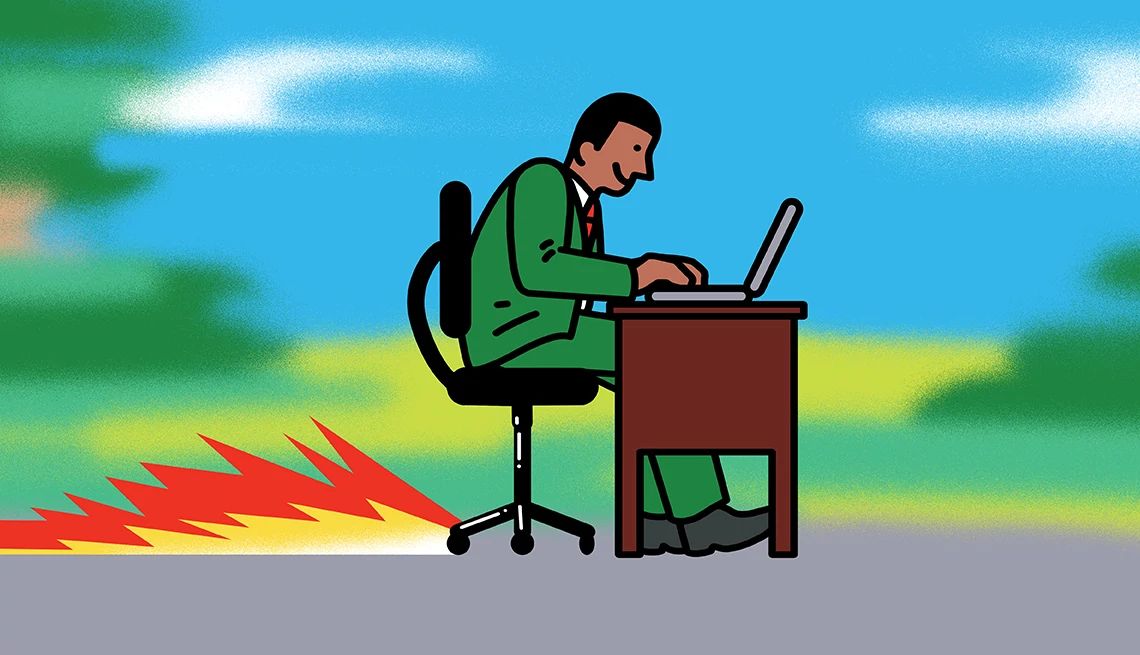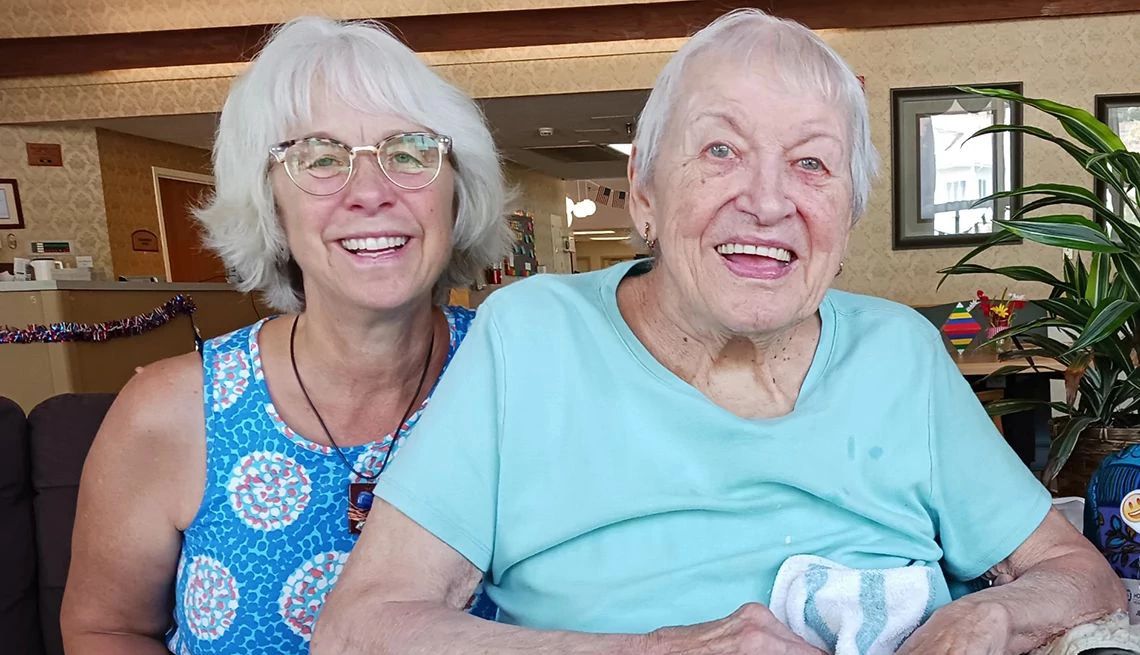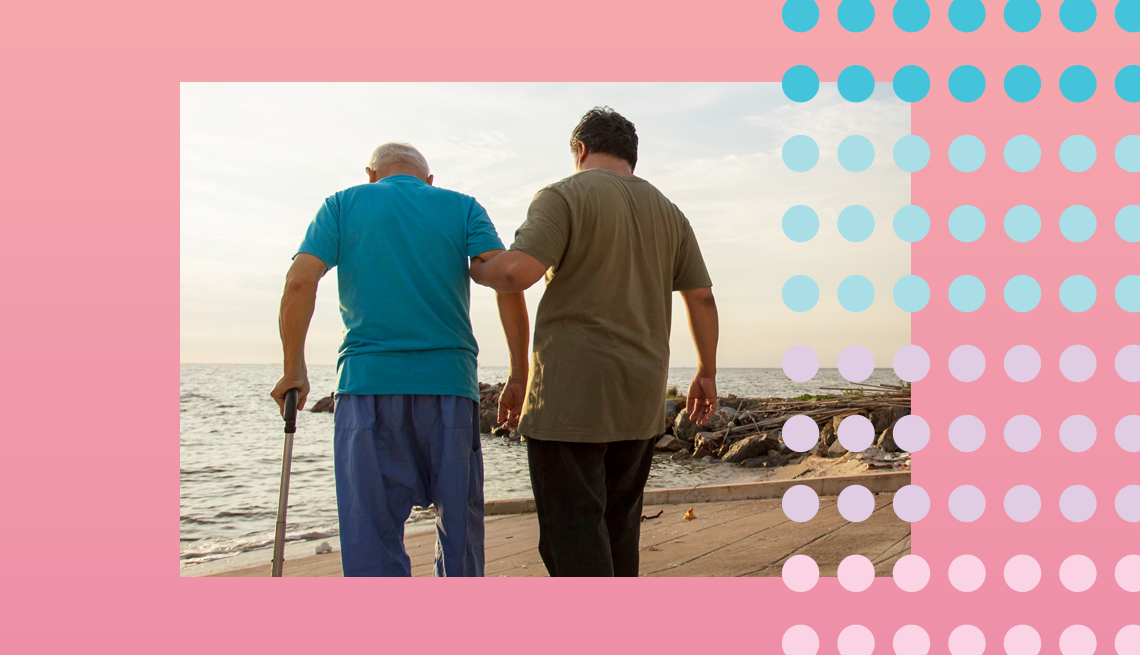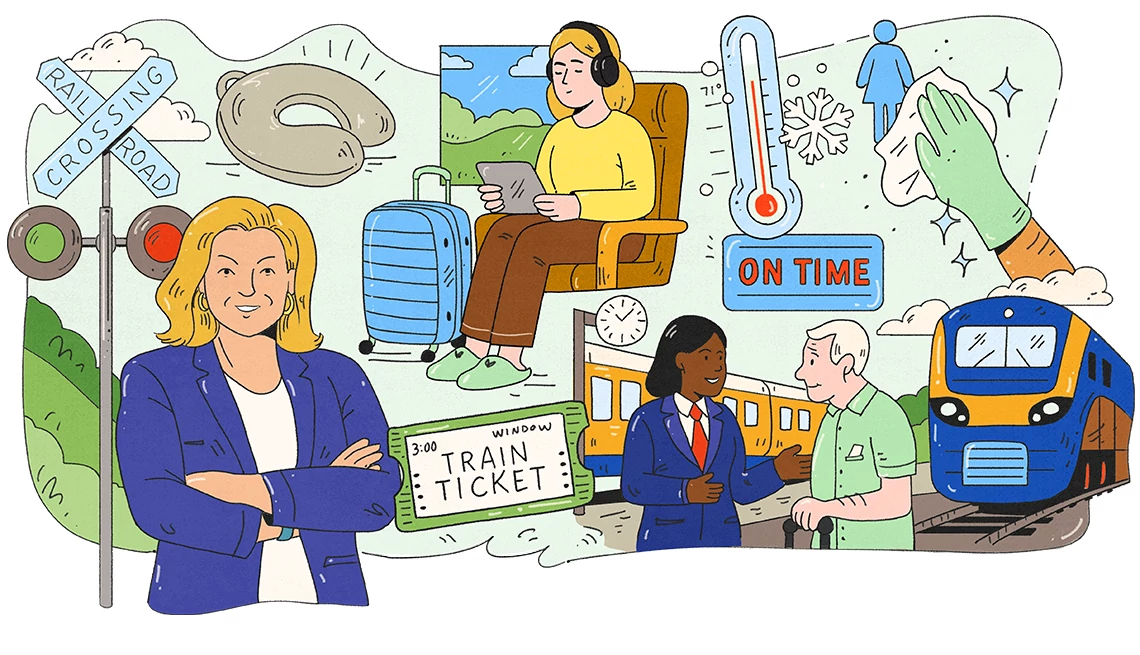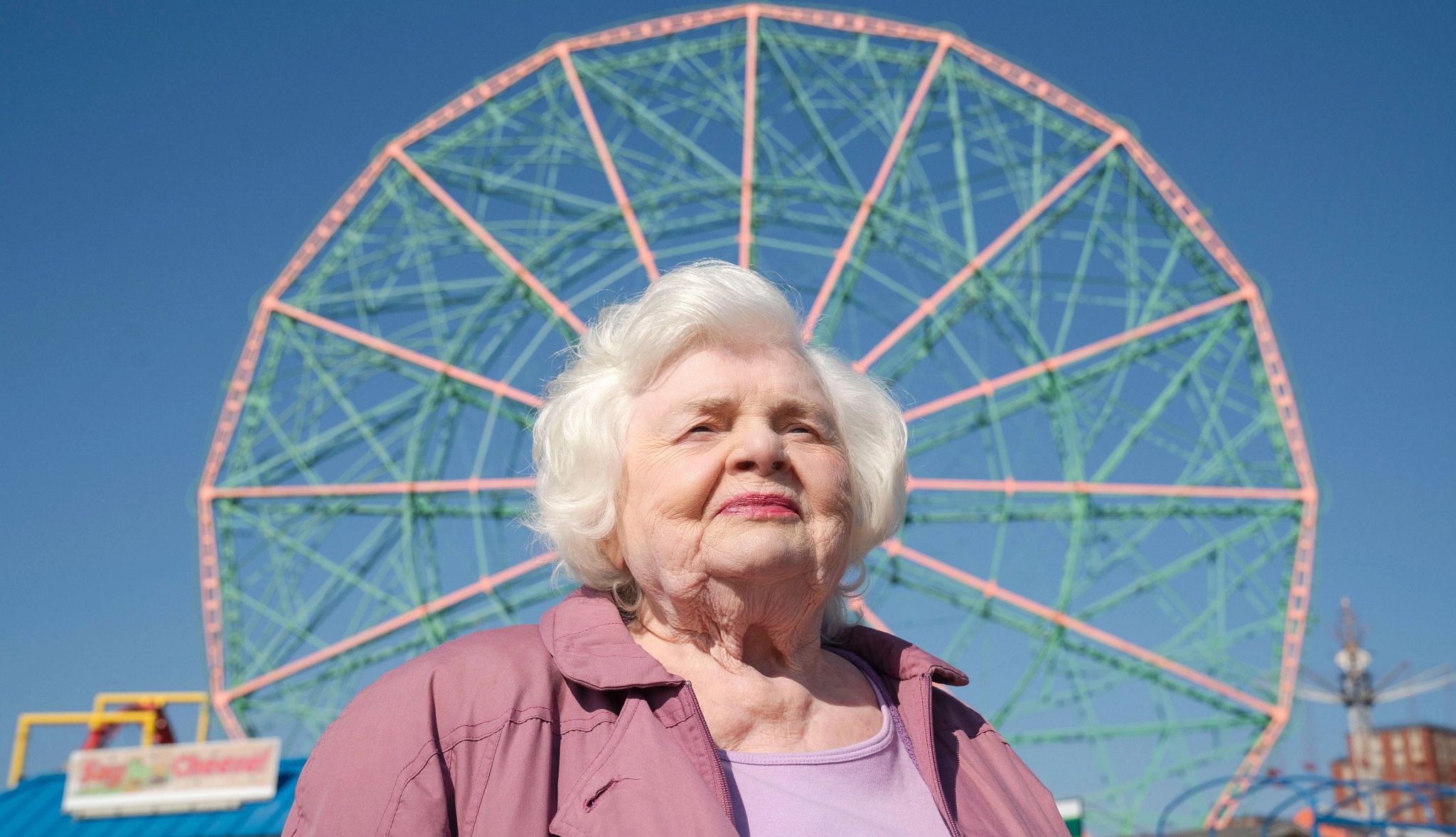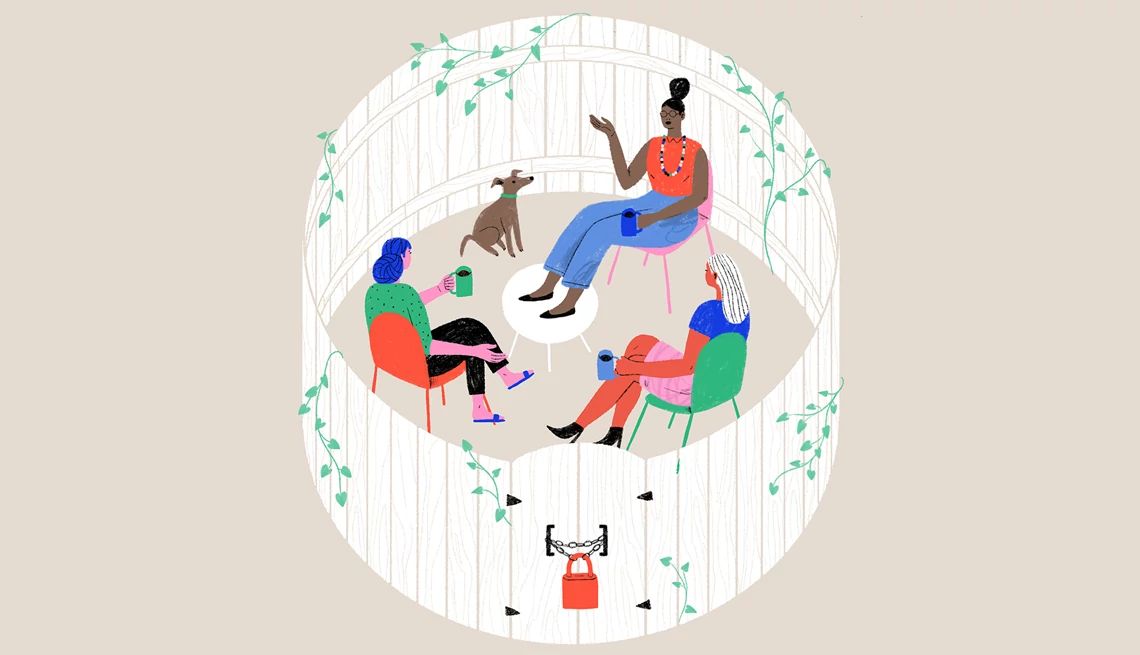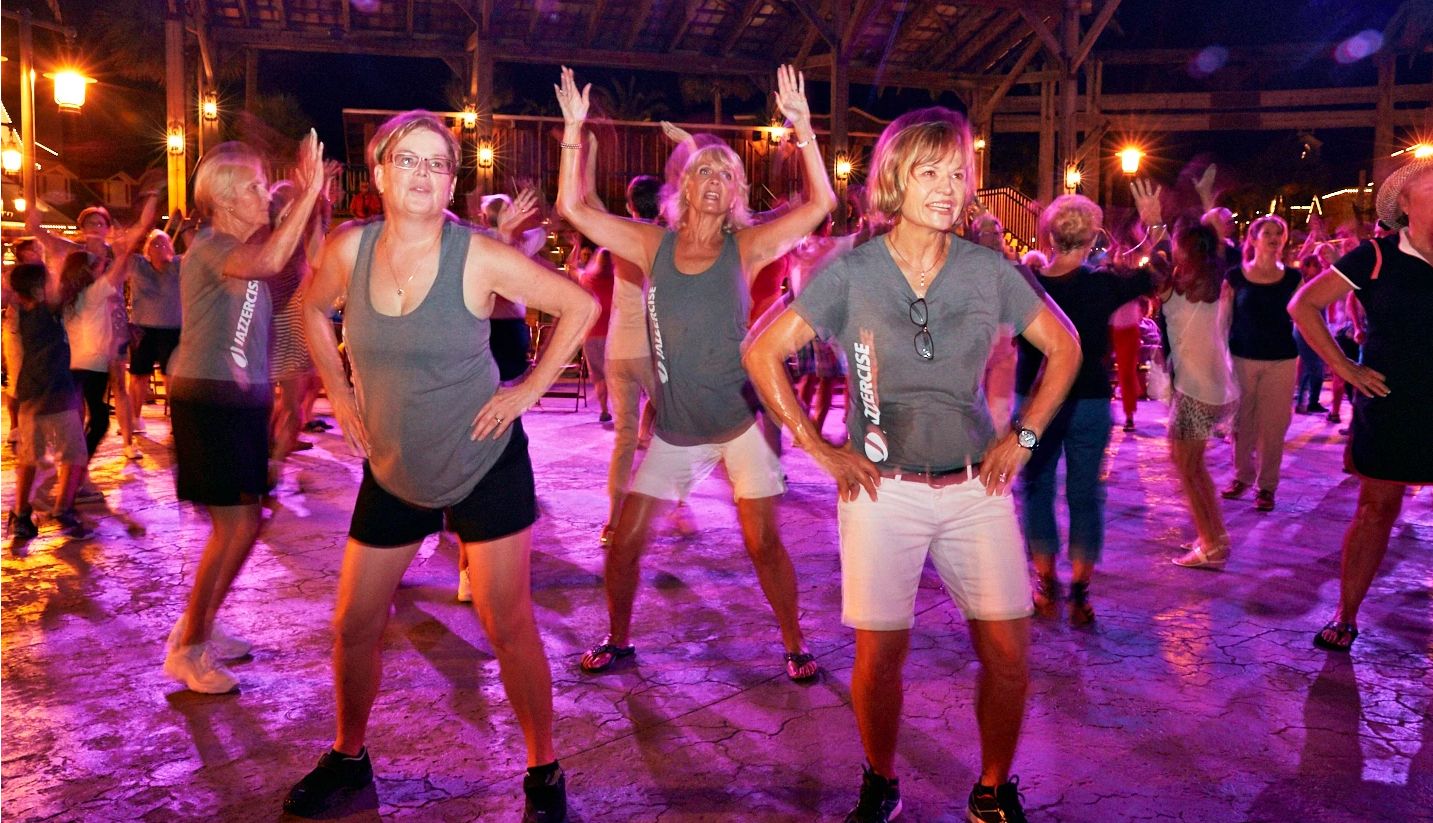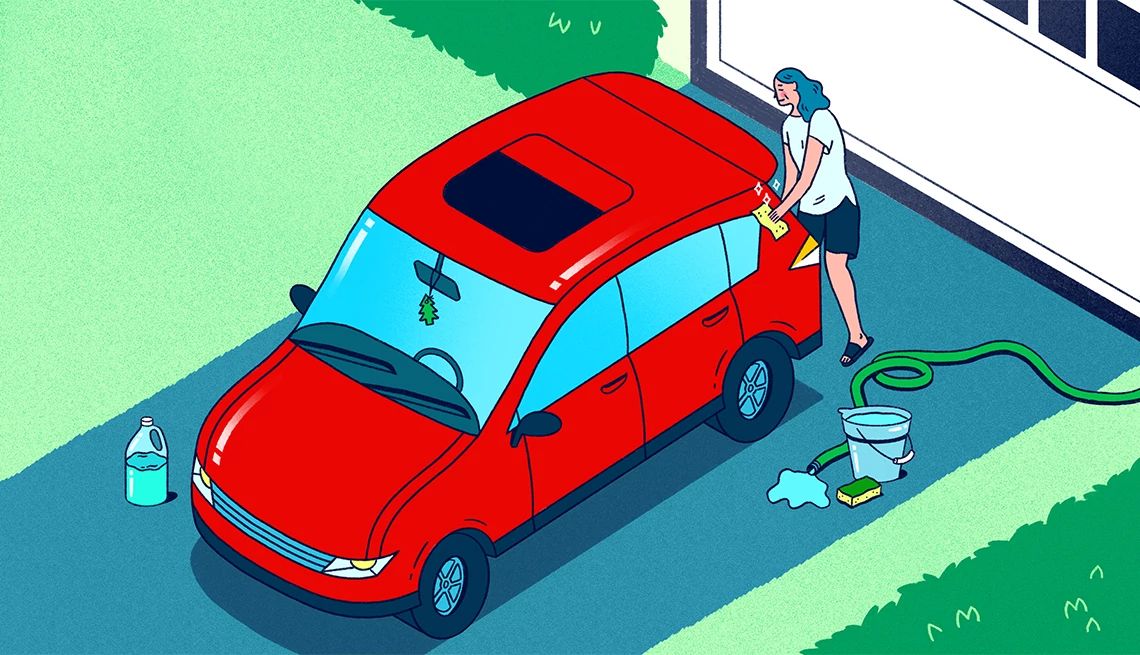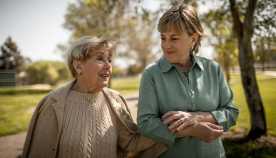AARP Hearing Center

Three months after wildfires devastated several Los Angeles County communities, organizations providing disaster relief and aid are shifting from offering emergency assistance to focusing on the long-term needs of thousands of displaced residents.
“We’re in a transition phase right now,” says Sean Inoue, executive director of the American Red Cross for Western Los Angeles.
The Los Angeles-area wildfires, led by the Eaton and Palisades fires, were fueled by fierce Santa Ana winds and tore through the area in early January. They destroyed more than 16,000 homes, commercial properties and other structures and leaving tons of toxic debris in their wake, according to county and state officials. At least 30 people died, and tens of thousands were displaced from their homes.
In the months that followed, AARP and other organizations have scrambled to help older residents, many of whom lived in their own homes or in care facilities and were hit hard. The residents of more than 50 care facilities were evacuated to shelters during the fires, says Laura Trejo, director of the Los Angeles County Aging and Disabilities Department.
AARP, which works to raise awareness about emergency preparedness, also was on hand to help, offering a list of government and nonprofit resources and launching a fraud prevention campaign as scammers began targeting fire victims. In January, AARP Foundation raised more than $500,000 in just over 24 hours and then matched it — providing more than $1 million to help relief organizations on the ground.
Shelter a priority
As is often the case during disasters, the Red Cross provided shelter to a “pretty significant” number of older residents, “especially seniors without the social capital or the network to support them,” Inoue says. He adds: “Those are the folks that we typically see need the most support, and their needs tend to be evolutionary throughout the recovery process.”
Upon the closure of its remaining congregate shelter in late February, Red Cross transition teams worked with partner agencies to find “durable” housing solutions for the remaining residents, including older people who “were particularly vulnerable,” he says. A durable solution might mean providing an initial month’s rent and a security deposit if somebody has found an apartment.
A Red Cross partner, COGIC Charities — the philanthropic arm of the Church Of God In Christ Inc. — set up six sites after the fires to provide respite, clothing and food for victims and volunteers, says Sophia Strother Lewis, the community engagement division director for COGIC's International Department of Evangelism. The group also dispersed in-kind donations received by the Red Cross.
Now, the group is focusing on helping fire victims as they transition into the next stage of recovery, Strother Lewis says.
“We’re trying to really help people with mental health and spiritual care,” she says. “We are trying to help people with job placement and housing.”
Red Cross: Recovery now in long-term phase
Recovery efforts are continuing even as many deadlines have passed for key assistance programs. As of early April, the Federal Emergency Management Agency reported more than 60,000 visits to disaster recovery centers. The agency had also distributed more than $100 million to individuals and more than 30,000 people had been helped.
With the closure of the remaining Red Cross shelter in late February, Inoue says the nonprofit is transitioning into the more nuanced, long-term recovery phase of its work. That means helping families who may still be cleaning their homes — or people who are “waiting for their neighborhood to be re-energized, and for their water to be potable again,” he says.
Meanwhile, officials say they’re preparing to ramp up efforts to raise awareness about emergency preparedness before the next disaster strikes.
Inoue says the Red Cross will focus on helping communities become more resilient and better prepared to handle disasters.
Trejo says the county is actively working to determine how it can help care facilities best handle emergency situations involving older people. When it comes to working with older adults, she says, “There’s a lot of things you don’t think about being part of the toolkit that you have to have.”
But determining what’s needed is critical — particularly when realizing the next disaster could occur anytime. The question is simple: “How do we strengthen the preparation of our community?” Trejo says.
- California Wildfire Resources
- How to Protect Yourself from Common Disaster Scams
- How to Prepare for a Natural Disaster




